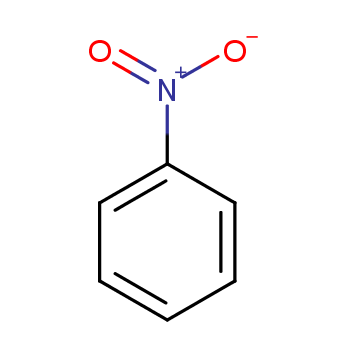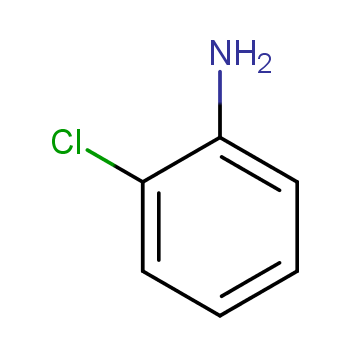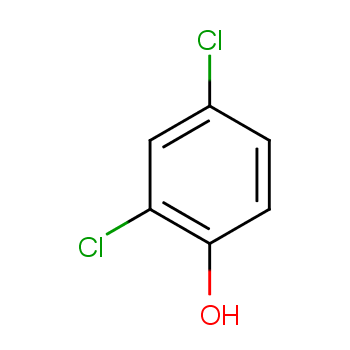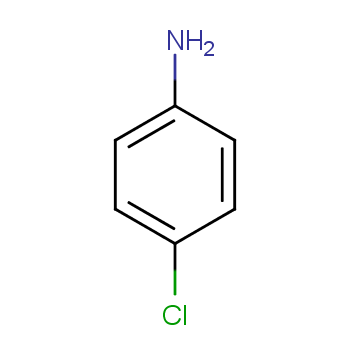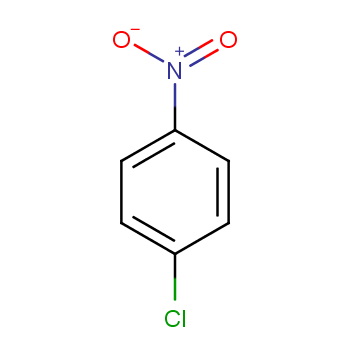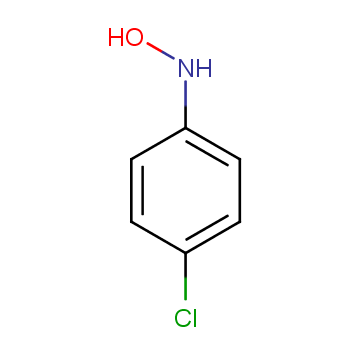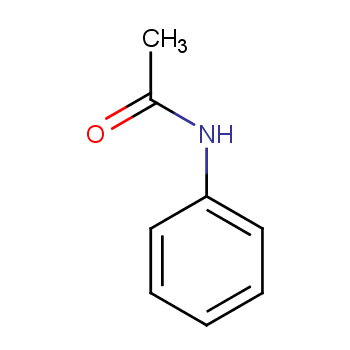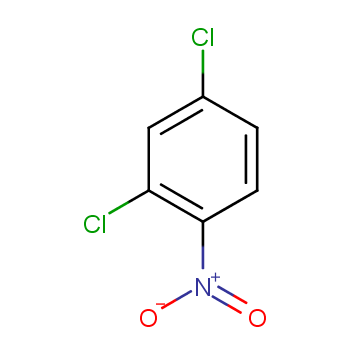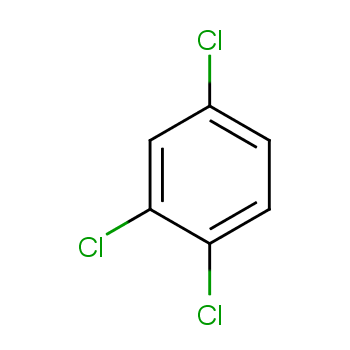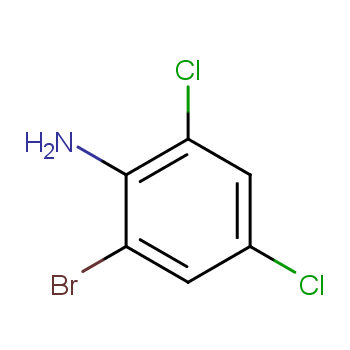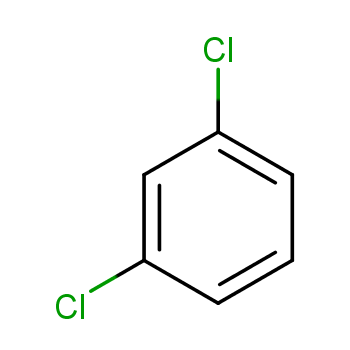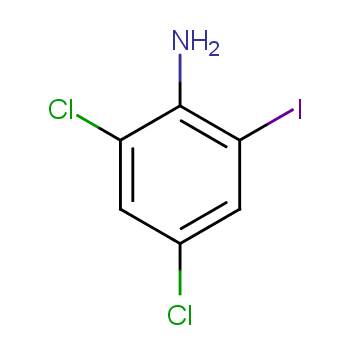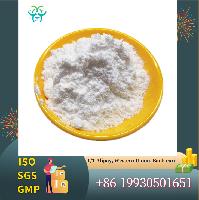2,4-Dichloroaniline, with the chemical formula C6H5Cl2N and CAS registry number 554-00-7, is a compound known for its applications in various industries. This colorless to pale yellow solid is characterized by its two chlorine atoms attached to the benzene ring and an amino group. It is commonly used as an intermediate in the production of dyes, pigments, and pharmaceuticals. 2,4-Dichloroaniline is also used as a herbicide and fungicide in agriculture. It is important to handle this compound with caution as it is toxic and can cause skin and eye irritation. Overall, 2,4-Dichloroaniline plays a significant role in various chemical processes and industries.
View more+
1. Names and Identifiers
2. Properties
3. Use and Manufacturing
4. Safety and Handling
5. MSDS
6. NMR Spectrum
7. Synthesis Route
8. Precursor and Product
9. Computed Properties
12. Related Questions
13. Realated Product Infomation
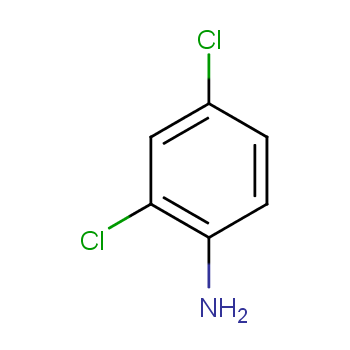
 EN
EN












